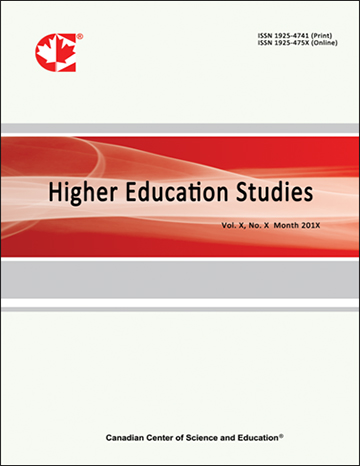The Efficacy of Structural Priming on the Acquisition of Double Object Construction by Chinese EFL Learners
- Lin Jiang
- Kang Huang
Abstract
Structural priming refers to the tendency of speakers to reuse the same structural pattern as one that was previously encountered (Bock, 1986). The effectiveness of structural priming has been an issue of much discussion in the field of second language acquisition over decades. This study aims at investigating the role of structural priming in Chinese English-as-a-foreign-language (EFL) learners’ acquisition of double object (DO) construction. Specifically, it addresses two questions: (i) whether structural priming can facilitate second language acquisition of English DO construction in the short-term and long-term; (ii) whether different priming conditions by manipulating the intervening lags between prime and target have different learning effect. With a pretest-treatment–posttest–delayed posttest research design, 60 intermediate level Chinese EFL learners from three intact English classrooms in a junior college were assigned to three groups: control group, no-lag priming group and long-lag priming group. Results showed that the two treatment groups showed an overall increase in DO production in picture description tasks after the structural priming treatment, whereas the control group remained almost the same in target structure production over the three testing sessions. In addition, the no-lag priming group outperformed the long-lag priming group in the immediate posttest. These findings suggested that structural priming facilitated Chinese EFL learners’ acquisition of DO construction both in the short-term and long-term. Moreover, manipulating the lags between prime and target can only mediate the short-term learning effect. These results are analyzed in light of frequency effect and contextual effect in the frame of usage-based theory of language acquisition.
- Full Text:
 PDF
PDF
- DOI:10.5539/hes.v5n5p38
Index
- AcademicKeys
- CNKI Scholar
- Education Resources Information Center (ERIC)
- Elektronische Zeitschriftenbibliothek (EZB)
- EuroPub Database
- Excellence in Research for Australia (ERA)
- Google Scholar
- InfoBase
- JournalSeek
- Mendeley
- Open Access Journals Search Engine(OAJSE)
- Open policy finder
- Scilit
- Ulrich's
- WorldCat
Contact
- Sherry LinEditorial Assistant
- hes@ccsenet.org
